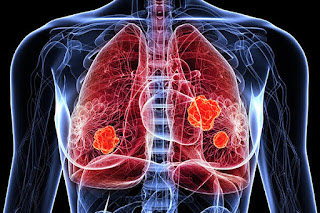Major health effects of SMOKING
Smoking causes passing individuals who smoke ordinarily bite the dust at a prior age than non-smokers truth be told one of each five passings in the US are connected to cigarette smoking in the event that you smoke your danger of significant medical issues increments drastically including coronary illness cardiovascular failure stroke cellular breakdown in the lungs and demise from ongoing obstructive aspiratory infection
Smoking and cardiovascular disease
Smoking causes cardiovascular disease
when nicotine flows through your adrenal glands it stimulates the release of epinephrine a hormone that raises your blood pressure in addition nicotine and carbon monoxide can damage the lining of the inner walls in your arteries fatty deposits called plaque can build up at these injury sites and become large enough to narrow the arteries and severely reduce blood flow resulting in a condition called atherosclerosis in coronary artery disease atherosclerosis narrows the arteries that supply the heart which reduces the supply of oxygen to your heart muscle increasing your risk for a heart attackSmoking also raises your risk for blood clots
because it causes platelets in your blood to clump together smoking increases your risk for peripheral vascular disease in which atherosclerotic plaques block the large arteries in your arms and legs smoking can also cause an abdominal aortic aneurysm which is a swelling or weakening of your aorta where it runs through your abdomenSmoking and lungs disease
Smoking damages two main parts of your lungs
of your cilia
causing some of the smoke and mucus to stay in your lungs while you are sleeping some of the cilia recover and start pushing more pollutants and mucus out of your lungs when you wake up your body attempts to expel this material by coughing repeatedly a condition is known as smoker's cough over time chronic bronchitis develops as your cilia stop working your airways become clogged with scars and mucus and breathing becomes difficult your lungs are now more vulnerable to further disease cigarette smoke also damages your alveoli making it harder for oxygen and carbon dioxide to exchange with your blood over time so little oxygen can reach your blood that you may develop emphysema a condition in which you must gasp for every breath and wear an oxygen tube under your nose to breathe chronic bronchitis and emphysema are collectively called a chronic obstructive pulmonary disease or COPD COPD is a gradual loss of the ability to breathe for which there is no cureSmoking and cancer.
Cigarette smoke contains at least 40 cancer-causing substances
called carcinogens including cyanide formaldehyde benzene and ammonia in your body healthy cells grow to make new cells then die genetic material inside each cell called DNA directs this process if you smoke toxic chemicals can damage the DNA in your healthy cells, as a result, your damaged cells create new unhealthy cells which grow out of control and may spread to other parts of your body the most common cancer in the world is lung cancer with over a million new cases diagnosed every year harmful chemicals in cigarettes can cause cancer in other parts of your body such as in the blood and bone marrow mouth larynx throat esophagus stomach pancreas-kidney bladder uterus and cervixOther health concerns of smoking
Smoking can cause infertility in both men and women.
if a woman is pregnant and smokes during pregnancy she exposes her baby to the cigarette's poisonous chemicals causing a greater risk of low birth weight miscarriage pre-term delivery stillbirth infant death and sudden infant death syndrome. smoking is also dangerous if a mother breastfeeding nicotine passes to the baby through breast milk and can cause restlessness rapid heartbeat vomiting interrupted sleep or diarrhea. other health effects of smoking include low bone density and increased risk for hip fracture among women gum disease often leading to tooth loss and surgery immune system dysfunction and delayed wound healing and sexual impotence in men.- Get link
- X
- Other Apps
Labels
Cancer Cigarettes
Labels:
Cancer
Cigarettes
- Get link
- X
- Other Apps


Comments
Post a Comment